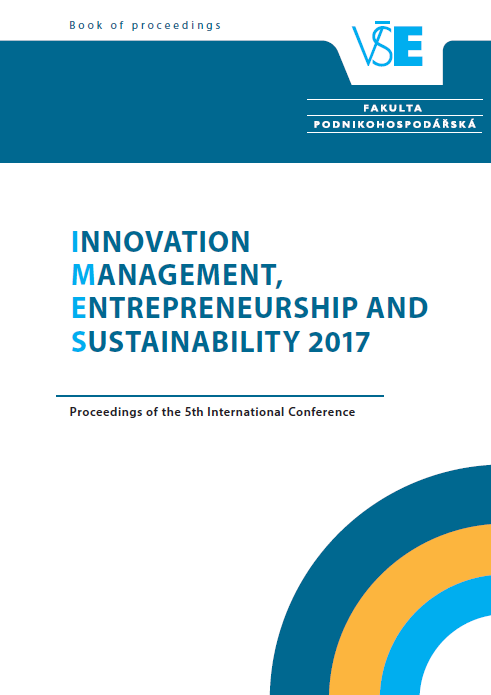Author(s): Anna Pilková,Juraj Mikuš,Marian Holienka / Language(s): English
Publication Year: 0
Purpose: Entrepreneurship is an important phenomenon and a promising key to economic growth and job creation especially for underrepresented groups, not only on aggregate level but also in the regional context. However, a comprehensive picture on its inclusivity across Slovak regions is still missing. The main aim of our paper is to analyze regional differences of inclusive entrepreneurship in Slovakia with special focus on women, youth and seniors in relation to regional macroeconomic characteristics and attitudes towards entrepreneurship.Design/methodology/approach: Our analysis is built on data from Global Entrepreneurship Monitor (GEM). We have created a pooled sample from Slovak individual-level data from years 2011 to 2016, comprising of 12,010 adult population individuals. For each year, the sample is representative for gender, age and regional distribution. Eight NUTS3 level regions are considered in our study. To group regions according to patterns of their entrepreneurship inclusivity and analyze them in the context of economic and cultural attributes, we employ a cluster analysis followed by respective methods of descriptive analysis and data visualization.Findings: The level of inclusive entrepreneurship varies across Slovakian regions. Women are most intensely involved in Bratislava region, while inclusivity of both seniors and youth is the highest in Trencin region. Our findings confirmed that economic power goes hand in hand with increased opportunity perception, high entrepreneurial self-confidence, the lowest fear of failure, but also not positive social attitudes towards entrepreneurship. This environment particularly encourages female into entrepreneurship, but at the same time it is not able to outweigh inhibitors of seniors´ and youth inclusivity. On contrary, youth and seniors’ entrepreneurship inclusivity is higher in regions with lower economic power.Research/practical implications: Based on our findings, we develop recommendations for policy makers how to shape entrepreneurship support policies and actions in regions to best fit the specifics of the inclusivity, considering females, youth and seniors. We identify the most underrepresented and vulnerable groups, and, where necessary, stress the main implications for further inquiry.Originality/value: Our paper creates an original value by providing a unique insight on inclusivity of entrepreneurial activities thanks to breaking down the GEM-based analysis of female, youth and senior entrepreneurship to regional levels, and linking it to economic and cultural dimensions. To our knowledge, there is no previous analysis built on unique, representative and robust data from all regions of the country.
More...

